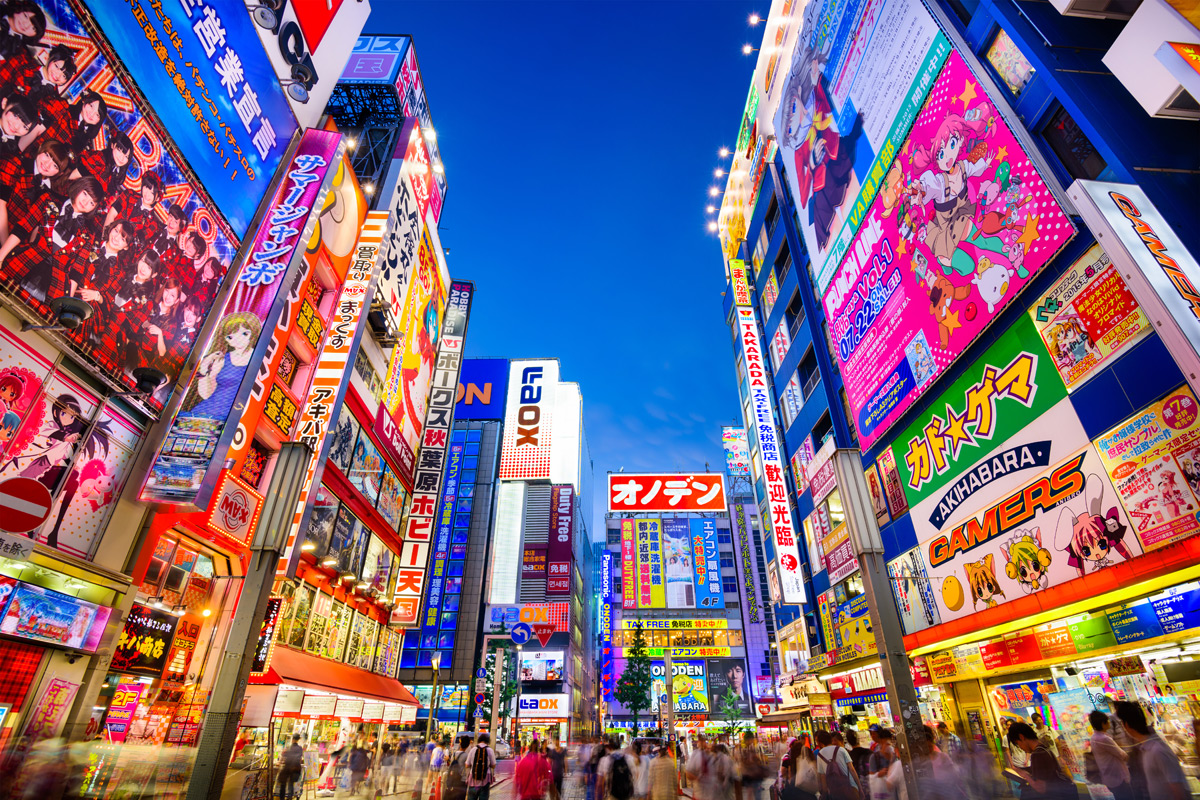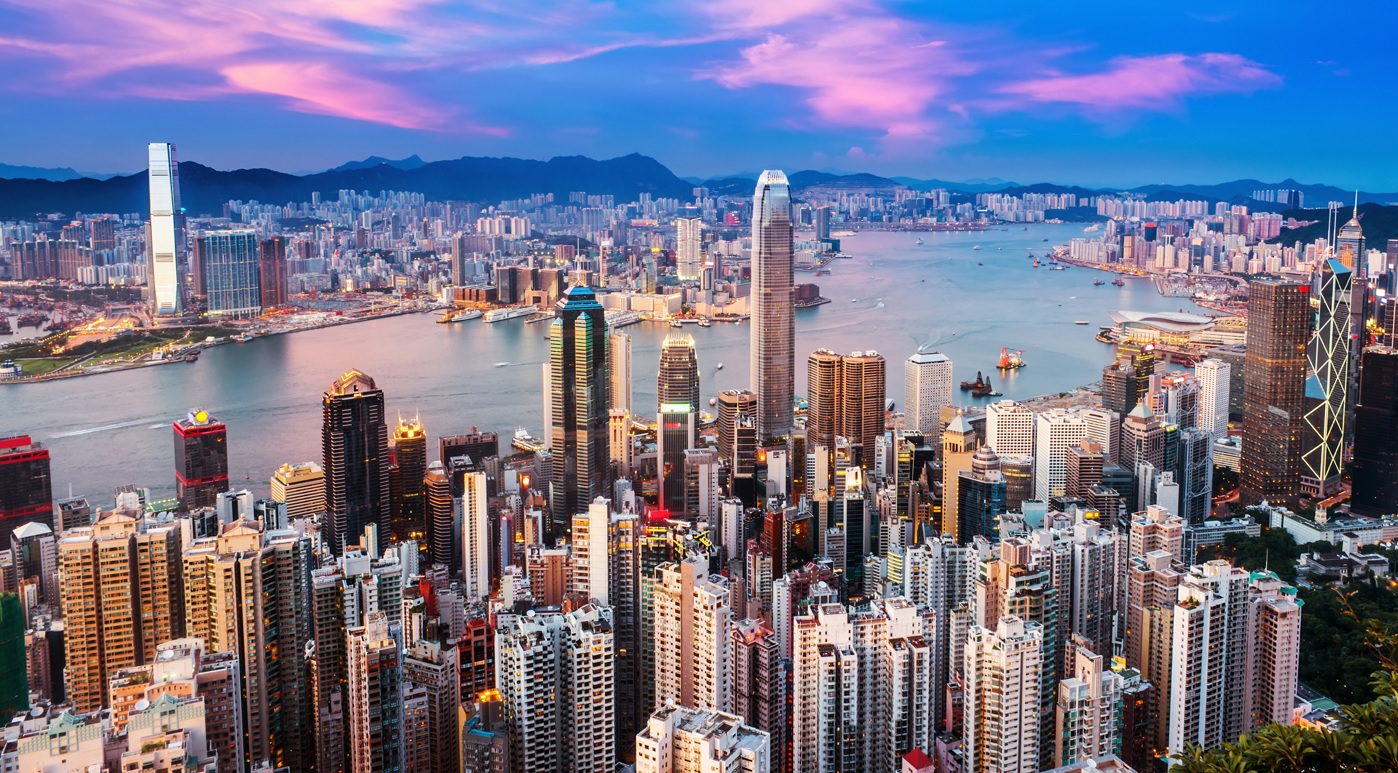

| Cruise Region :
Asia Japan / Korea Pacific cruises |
| Company Category : Premium |
| Company name : Princess Cruises |
| Ship name : Diamond Princess |
| Journey Start Date : Mon 20 Jan 2020 |
| Journey End Date : Tue 04 Feb 2020 |
| Port start : Yokohama (Tokyo) / Japan |
| Port end : Yokohama (Tokyo) / Japan |
| Count Nights : 15 nights |
| Day | Port | Date | Arrival | Departure |
|---|---|---|---|---|
| 1 | Yokohama (Tokyo) / Japan | Mon 20 Jan | 17:00 | |
| 2 | Day at sea / Sea | Tue 21 Jan | ||
| 3 | Kagoshima / Japan | Wed 22 Jan | 07:00 | 21:00 |
| 4 | Day at sea / Sea | Thu 23 Jan | ||
| 5 | Day at sea / Sea | Fri 24 Jan | ||
| 6 | Hong Kong / China | Sat 25 Jan | 07:00 | 23:59 |
| 7 | Day at sea / Sea | Sun 26 Jan | ||
| 8 | Hue / Vietnam | Mon 27 Jan | 07:00 | 16:00 |
| 9 | Hanoi / Vietnam | Tue 28 Jan | 08:00 | 18:00 |
| 10 | Day at sea / Sea | Wed 29 Jan | ||
| 11 | Day at sea / Sea | Thu 30 Jan | ||
| 12 | Taipei / Taiwan | Fri 31 Jan | 07:00 | 17:00 |
| 13 | Okinawa / Japan | Sat 01 Feb | 12:00 | 23:00 |
| 14 | Day at sea / Sea | Sun 02 Feb | ||
| 15 | Day at sea / Sea | Mon 03 Feb | ||
| 16 | Yokohama (Tokyo) / Japan | Tue 04 Feb | 06:00 |
| Build Year : 2004 |
| Renew Year : 2014 |
| Width : 37.00 |
| Length : 290.00 |
| Speed : 22.00 |
| Capacity : 2706 |
| Deck Quantity : 18 |
| Cabin Quantity : 1337 |
| Restaurant Quantity : 10 |
| Lift Quantity : 14 |
| Balancer : Yes |

Tokyo, officially Tokyo Metropolis, one of the 47 prefectures of Japan, has served as the Japanese capital since 1869. As of 2014, the Greater Tokyo Arearanked as the most populous metropolitan area in the world. The urban area houses the seat of the Emperor of Japan, of the Japanese government and of the National Diet. Tokyo forms part of the Kantō region on the southeastern side of Japan's main island, Honshu, and includes the Izu Islands and Ogasawara Islands. Tokyo was formerly named Edo when Shōgun Tokugawa Ieyasu made the city his headquarters in 1603. It became the capital after Emperor Meiji moved his seat to the city from Kyoto in 1868; at that time Edo was renamed Tokyo. Tokyo Metropolis formed in 1943 from the merger of the former Tokyo Prefecture and the city of Tokyo. Tokyo is often referred to as a city but is officially known and governed as a "metropolitan prefecture", which differs from and combines elements of a city and a prefecture, a characteristic unique to Tokyo.
The 23 Special Wards of Tokyo were formerly Tokyo City. On July 1, 1943, it merged with Tokyo Prefecture and became Tokyo Metropolis with an additional 26 municipalities in the western part of the prefecture, and the Izu islandsand Ogasawara islands south of Tokyo. The population of the special wards is over 9 million people, with the total population of Tokyo Metropolis exceeding 13.8 million. The prefecture is part of the world's most populous metropolitan area called the Greater Tokyo Area with over 38 million people and the world's largest urban agglomeration economy. As of 2011, Tokyo hosted 51 of the Fortune Global 500 companies, the highest number of any city in the world at that time. Tokyo ranked third (twice) in the International Financial Centres Development Index. The city is home to various television networks such as Fuji TV, Tokyo MX, TV Tokyo, TV Asahi, Nippon Television, NHK and the Tokyo Broadcasting System.


Kagoshima is the capital city of Kagoshima Prefecture at the south western tip of the island of Kyushu in Japan, and the largest city in the prefecture by some margin. It has been nicknamed the "Naples of the Eastern world" for its bay location (Aira Caldera), hot climate, and emblematic stratovolcano, Sakurajima. The city was officially founded on April 1, 1889.



Hong Kon, officially the Hong Kong Special Administrative Region of the People's Republic of China, is a special administrative region on the eastern side of the Pearl River estuary in southern China. With over 7.4 million people of various nationalities in a 1,104-square-kilometre (426 sq mi) territory, Hong Kong is the world's fourth most densely populated region.
Hong Kong became a colony of the British Empire after Qing China ceded Hong Kong Island at the end of the First Opium War in 1842. The colony expanded to the Kowloon Peninsula in 1860 after the Second Opium War, and was further extended when Britain obtained a 99-year lease of the New Territories in 1898. The territory was returned to China when the lease expired in 1997. As a special administrative region, Hong Kong's system of government is separate from that of mainland China and its people overwhelmingly identify as Hongkongers rather than Chinese.
Originally a sparsely populated area of farming and fishing villages, the territory has become one of the world's most significant financial centres and commercial ports. It is the world's seventh-largest trading entity, and its legal tender (the Hong Kong dollar) is the world's 13th-most-traded currency. Although the city has one of the highest per capita incomes in the world, it has severe income inequality.
The territory has the largest number of skyscrapers in the world, most surrounding Victoria Harbour. Hong Kong ranks seventh on the UN Human Development Index, and has the sixth-longest life expectancy in the world. Although over 90 per cent of its population uses public transportation, air pollution from neighbouring industrial areas of mainland China has resulted in a high level of atmospheric particulates.



Ханой – столица Вьетнама, город с тысячелетней историей, ранее называвшийся Тханг Лонг, что переводится как «Город взлетающего дракона». Несмотря на обилие пагод, памятников архитектуры и шумных торговых кварталов здесь нет толп туристов, что позволит насладиться его очарованием без суеты и спешки.




Okinawa Prefecture is the southernmost prefecture of Japan. It encompasses two thirds of the Ryukyu Islands in a chain over 1,000 kilometres (620 mi) long. The Ryukyu Islands extend southwest from Kagoshima Prefecture in Kyushu (the southwesternmost of Japan's four main islands) to Taiwan. Naha, Okinawa's capital, is located in the southern part of Okinawa Island.
Although Okinawa Prefecture comprises just 0.6 percent of Japan's total land mass, about 75 percent of all United States military personnel stationed in Japan are assigned to installations in the prefecture. Currently about 26,000 U.S. troops are based in the prefecture.



Tokyo, officially Tokyo Metropolis, one of the 47 prefectures of Japan, has served as the Japanese capital since 1869. As of 2014, the Greater Tokyo Arearanked as the most populous metropolitan area in the world. The urban area houses the seat of the Emperor of Japan, of the Japanese government and of the National Diet. Tokyo forms part of the Kantō region on the southeastern side of Japan's main island, Honshu, and includes the Izu Islands and Ogasawara Islands. Tokyo was formerly named Edo when Shōgun Tokugawa Ieyasu made the city his headquarters in 1603. It became the capital after Emperor Meiji moved his seat to the city from Kyoto in 1868; at that time Edo was renamed Tokyo. Tokyo Metropolis formed in 1943 from the merger of the former Tokyo Prefecture and the city of Tokyo. Tokyo is often referred to as a city but is officially known and governed as a "metropolitan prefecture", which differs from and combines elements of a city and a prefecture, a characteristic unique to Tokyo.
The 23 Special Wards of Tokyo were formerly Tokyo City. On July 1, 1943, it merged with Tokyo Prefecture and became Tokyo Metropolis with an additional 26 municipalities in the western part of the prefecture, and the Izu islandsand Ogasawara islands south of Tokyo. The population of the special wards is over 9 million people, with the total population of Tokyo Metropolis exceeding 13.8 million. The prefecture is part of the world's most populous metropolitan area called the Greater Tokyo Area with over 38 million people and the world's largest urban agglomeration economy. As of 2011, Tokyo hosted 51 of the Fortune Global 500 companies, the highest number of any city in the world at that time. Tokyo ranked third (twice) in the International Financial Centres Development Index. The city is home to various television networks such as Fuji TV, Tokyo MX, TV Tokyo, TV Asahi, Nippon Television, NHK and the Tokyo Broadcasting System.